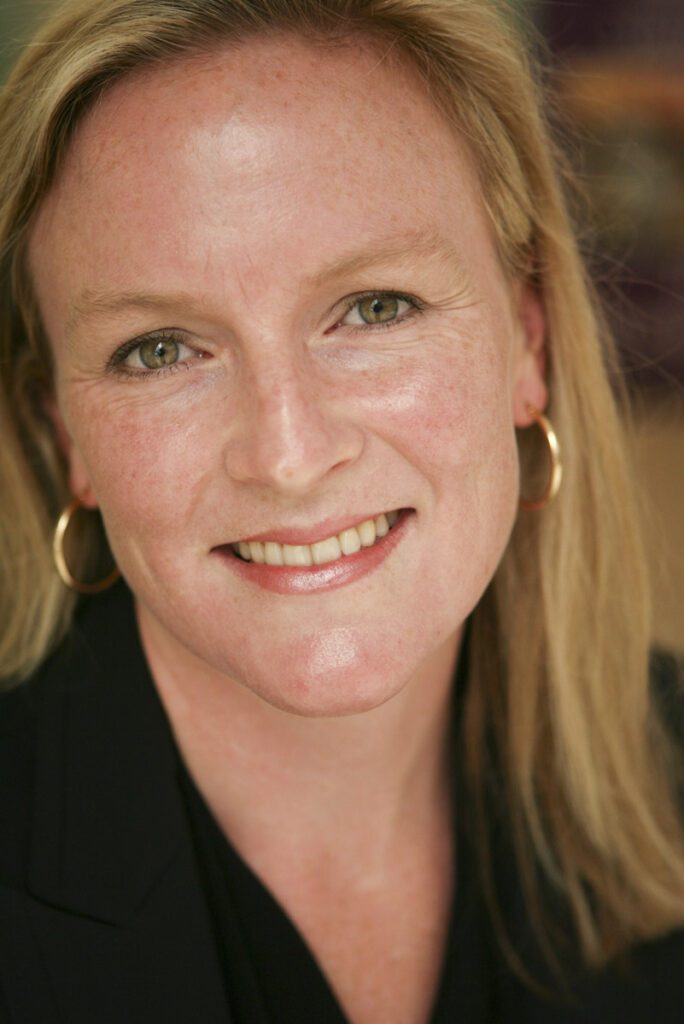It’s the $64,000 question, but fortunately not in the literal sense (fares haven’t gotten THAT high…). Will airfares fall soon? The general consensus is that as seat supply returns, it will happen. And supply is definitely returning.
Felicity Burke, General Manager of FCM Consulting, a Flight Centre Travel Group (FCTG) brand that operates in business and specialist travel, says “early forecasts show air capacity offered in 2023 will be just 2.5 per cent short of 2019 volumes”.
“After 2022, a year full of significant imbalance of both supply and demand, air travel will stabilise this year, seeing added capacity in H1-2023 and airfares moderating in H2-2023, Q1-2023,” she remarked.
Citing findings from FCM Consulting’s latest Global Trends Report*, Burke said “the region with the highest seat growth in Q1-2023 vs Q4-2022 was Asia with a 12.2 per cent increase, with most other regions averaging two per cent growth”.

“The forecast across the 20 major airlines reports a 94 per cent return of seats in 2023 vs 2019,” she stated.
“Interestingly, when you look at some of the city pairings, business class airfares have dropped – and some quite significantly. The perfect example of this is Auckland to Sydney, which has decreased by 24 per cent in January and February 2023 when compared to the same months in 2019.”
“That’s where having a travel expert on your side is so critical in finding the best prices for customers – no matter the destination.”
Flight Centre brand’s take
Flight Centre Global Managing Director Andrew Stark offered a similar view on the supply/demand effect on airfares, recently telling reporters in Sydney prices would fall “basically when capacity starts to come back into the market … as simple as that”.
“Our job at Flight Centre – because we’re famous for flights – is to try and bring down those airfares as quick as we possibly can. So we’re doing that on a daily basis with our key suppliers,” he said.
Speaking to the same media, including Karryon, Flight Centre Global Head of Product and Pricing Jason Hartley said he didn’t know when fares generally would fall, but added that domestic flights had already come down (thanks to added competition from players like Rex) and that internationally, “we’re starting to see signs that extra competition does drive the price down”.
Hartley specifically mentioned the return of Chinese carriers to the market.
“We’re really hoping that that comes back and puts pressure on prices,” he added.

“Good news” for Qantas customers
Whilst announcing a raft of capacity upgrades for the airline last week, Qantas Group CEO Alan Joyce said the extra seats will put “downward pressure” on airfares.
As Qantas announced new profit guidance today, Joyce added that “more parts of the aviation supply chain are returning to normal, which means we’re able to put some of the spare aircraft and crew we kept in reserve back in the schedule”.
“That’s combining with lower fuel prices to help put downward pressure on fares, which is good news for customers,” he remarked.
According to an IATA December 2022 report, global business and leisure travel demand is forecast to be at 85.5 per cent of 2019 levels this year.
FCM’s Global Trends Report draws on FCM and Flight Centre Travel Group corporate booking data for travel during January to March 2023 (Q1-2023).





